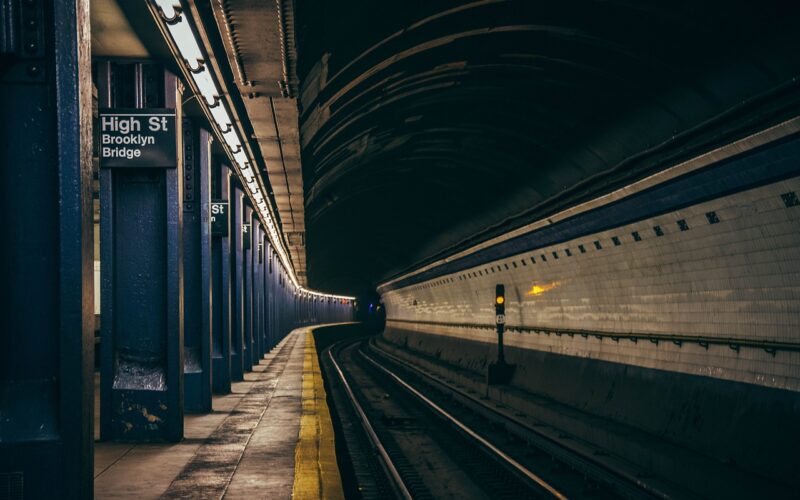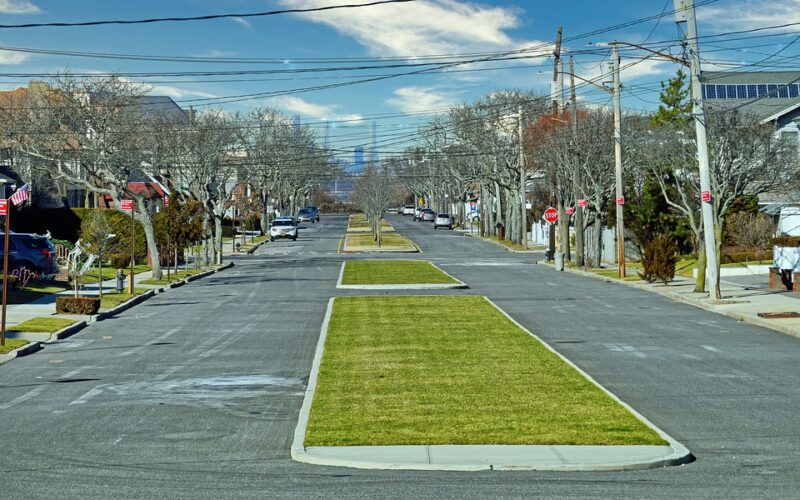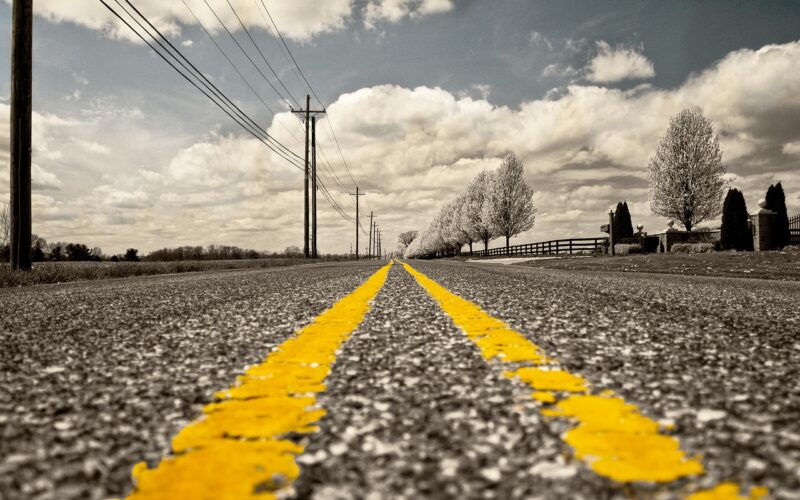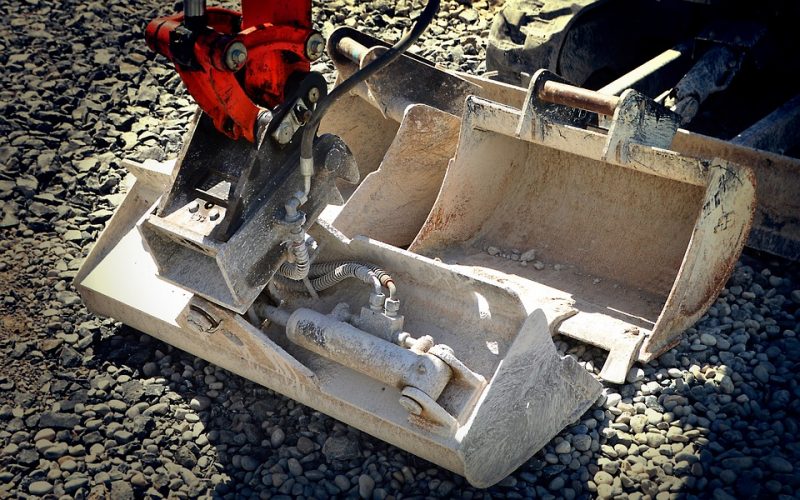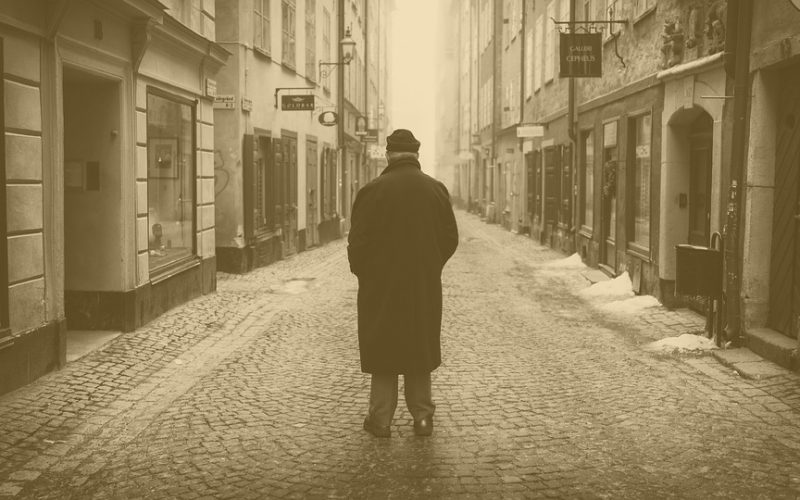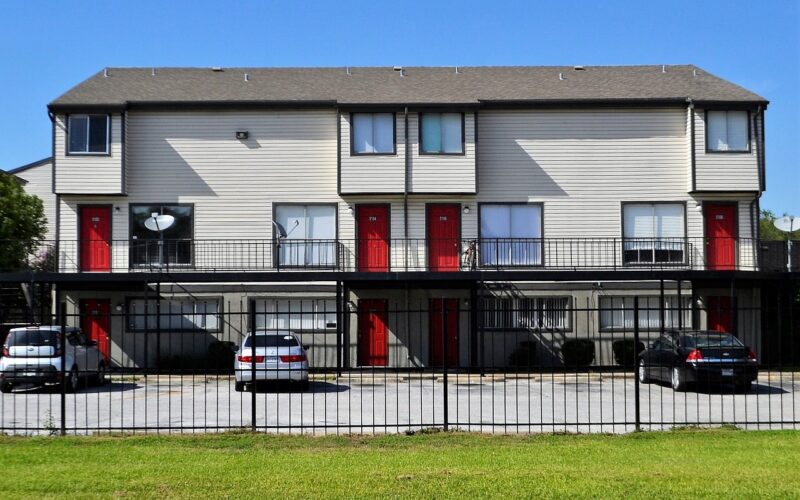Underground Transport
Have you ever wondered where the underground transport system came from? This complex network of trains and tunnels that move people from one part of the city to another was not always around. In fact, its development over hundreds of years provides an insightful look into how public transportation has advanced over time. From steam-powered locomotives to high speed magnetic levitation systems, this blog post will explore the fascinating history behind these incredible feats of engineering which have revolutionised modern travel.
The world's first underground rail system
In the thriving and bustling city of London, transportation has always been of the utmost importance. However, it wasn't until the creation of the Metropolitan Railway that the city's commuters were provided with an unprecedented level of convenience and efficiency.
Opened in 1863, the Metropolitan Railway was the world's first underground rail system and marked a ground-breaking moment in the history of public transportation. This revolutionary mode of transportation allowed passengers to bypass the notoriously congested London streets and traverse the city with ease. Over the years, the Metropolitan Railway has evolved and expanded into what is now known as the London Underground – an integral part of London's identity and a testament to the city's ingenuity and innovation.
The emergence of the Paris Metro
In the year 1900, the world of transportation was revolutionised with the emergence of the Paris Metro. This underground railway system not only provided a convenient mode of transportation for the people of Paris but also impressed them with its innovative design. The stations were decorated with beautiful and creative art nouveau motifs, the train cars were sleek and futuristic, and the system itself was engineered with precision and efficiency.
The Paris Metro quickly became an iconic symbol of the city and a model for other cities around the world. Its legacy lives on today, as it still plays a vital role in the transportation of millions of people every day.
Other cities followed
As the population of cities grew and traffic became more cumbersome, the need for efficient and widespread public transportation became apparent. London's first underground railway, the Metropolitan Railway, opened in 1863 and proved to be successful in relieving traffic congestion.
Soon after, other cities around the world began to follow suit with their own subway systems. Paris, New York, and Tokyo were among the first to adapt to this transportation revolution. Subway systems made it possible to easily travel around the city and to access previously inaccessible areas. The emergence of the subway system represented a massive shift in the way urban life was experienced, and it forever changed the way people move around their cities.
Different transport technologies
When it comes to underground transportation, there are a multitude of technologies that can be utilised to make the experience faster, safer, and more efficient. Two of the most popular types of underground networks are maglev trains and monorails. Maglev trains use powerful magnets to levitate and propel the train along its tracks, resulting in a remarkably smooth ride.
Monorails, on the other hand, utilise a single rail for support and propulsion, and are often used in amusement parks. Both technologies have their own advantages and disadvantages, but they have become an integral part of many urban transportation systems around the world.
Advances in engineering
Subways have come a long way since their early beginnings in the late 1800s. With advances in engineering, these underground transport systems have become faster, more efficient, and safer for passengers worldwide. These improvements include the use of stronger and lighter materials for construction, better power and braking systems, and the implementation of computerised operations.
These upgrades have allowed subways to become a preferred mode of transportation for many urban areas, reducing congestion on roads and cutting down on emissions. Additionally, strict safety standards and protocols have been developed and enforced to ensure the safety of passengers and avoid accidents.
